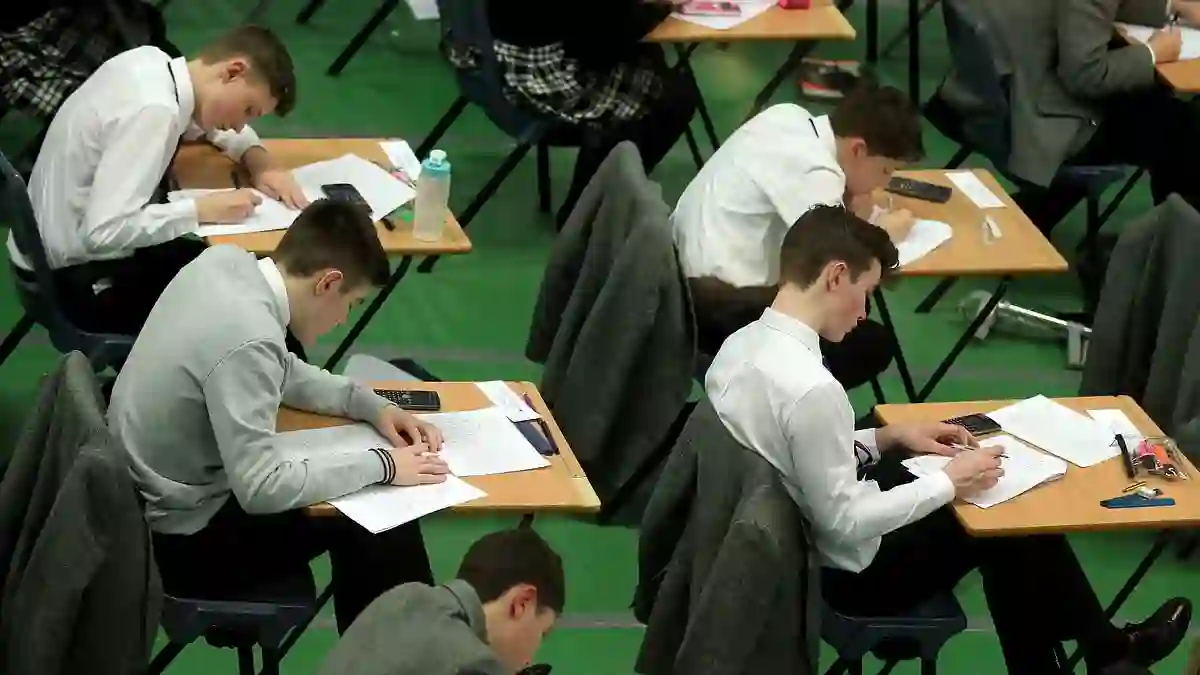Across schools in England, more pupils are now opting to take GCSEs in less common languages like Chinese, Russian, and Arabic, and it’s stirring a mix of admiration and concern.
Recent government data shows that 42,945 students sat exams in these “other modern languages” this year—a staggering 70% increase from just four years ago.
Native Speakers Driving the Numbers
Experts suggest that a large portion of this surge comes from pupils who are already fluent in these languages at home.
By taking a GCSE in their mother tongue, they can secure a high grade relatively easily.
This strategy, while advantageous for students, also inflates school performance metrics under the Government’s Ebacc framework, which rewards schools for encouraging pupils to take rigorous subjects.
Languages on the Rise
“Other modern languages” cover any language outside the traditional trio of French, German, and Spanish.
This category now includes Arabic, Italian, Japanese, modern Hebrew, modern Greek, Bengali, Polish, Turkish, Urdu, and Panjabi.
While proponents argue that studying a heritage language builds confidence—especially for those still mastering English—critics warn it may discourage non-native learners from attempting these subjects.
Education Experts Raise Concerns
Iain Mansfield from the Policy Exchange think tank points out that some schools have been using these exams strategically to boost rankings.
He said, “While there’s nothing wrong with a pupil wanting to study their heritage language, the surge in numbers indicates a loophole that the Government should address to prevent schools from gaining undue credit.”
Similarly, Professor Alan Smithers of the University of Buckingham notes that the trend sidelines non-native learners.
“Important global languages like Chinese and Russian could be more widely learned,” he says.
“But because native speakers dominate these GCSEs, other pupils often shy away.”
Early Entries and High Grades
Data shows that almost a quarter of students sit these GCSEs a year early, suggesting many already know the content.
Last year, 72% of these entries achieved at least a grade 7—far above the 22% average across all GCSE subjects—making them some of the highest-scoring qualifications.
Schools Encouraging Heritage Language Study
Leeds City Academy is one example of a school actively promoting “heritage language” GCSEs.
Pupils attend just two hours of tuition per week after school to prepare for EdExcel exams.
Principal Richard Cattoe explains that many students arrive from abroad with limited English or educational experience.
Offering heritage language GCSEs helps them engage with learning, build confidence, and achieve academically.
Cattoe emphasizes that the school balances cultural diversity with a rigorous curriculum.
“We do what’s right for the students, even if it’s not always the easiest path for the school’s rankings,” he said.
The academy has won national awards for its dedication to personal development, reflecting its commitment to student growth over raw performance statistics.
Implications for Non-Native Learners
While heritage language GCSEs benefit native speakers, they can discourage English-speaking pupils who want to learn a language from scratch.
Some private schools are now offering Chinese and other languages as GCSEs, positioning them as valuable skills for a future global job market.
Ofqual research also shows that native speakers tend to outperform non-native learners in A-level languages, highlighting the advantage of starting with an inherent knowledge base.
Government Perspective
A Department for Education spokesperson said, “Learning a language empowers young people to engage with the world, think critically, and understand new perspectives.
We want all children to have this opportunity, regardless of background.”
They added that high standards remain central to government policy and that exam boards decide which languages to offer based on demand.
“Many post-16 and adult learners also take these lesser-taught languages,” the spokesperson noted, reinforcing the idea that language learning continues beyond the classroom.


